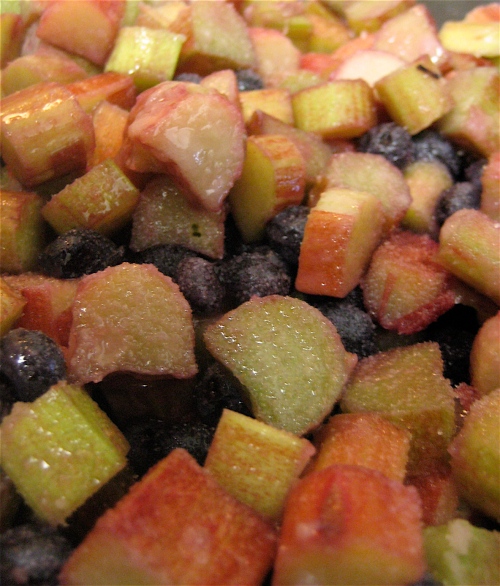By Sarah
There’s something I’ve been wanting to share with you. It’s making this summer my favorite of all those I’ve spent in New York (out of nearly four whole summers!). And it’s something I never thought I would get so excited about.
Have you guessed what it is?
Vegetables!
But not just any vegetables. Fresh, seasonal, and locally grown vegetables. Vegetables from Stoneledge Farm through their community supported agriculture initiative. It’s a way for us to support a local farm, purchasing a share of their produce before we have much of an idea of what that produce will be. And we get great vegetables at a great price, weekly delivered to a location in Manhattan just blocks away from our apartment. Kind of sounds like a win-win situation, huh? And that’s even before you’ve tasted any sugar snap peas.
Then there’s the best part, the element of surprise. Every week we get a new assortment of produce, some things we’re not sure what to do with, some things we love, and some things which are downright bizarre. And the result is us ad libbing, making do with the vegetables we were given for the week, trying a couple of potentially fantastic recipes, and consuming the other items in any way possible. Because if there’s one thing I hate, it’s food going to waste.
So here’s where the blog comes in. We’ve already been getting and eating our vegetables for several weeks, but now we will periodically post on one of the vegetables. We’ll tell you what we did with it, even if it was something really simple, and whether the result was fantastic or not. And you’ll keep us honest. So if we’re talking about those sugar snap peas in October, you know we’ve been shirking our duties. If nothing else, the entire process will help us avoid only posting dessert recipes. We might even post a mystery item now and then and you can help us come up with a way to use it. What do you think?
We’re going to begin with swiss chard, mainly because the rainbow variety the csa has provided us with allowed Andrés to take that beautiful picture above. Isn’t it gorgeous? Doesn’t it just make you want to throw it up in the air like confetti?
Well instead of throwing it, confetti style, we sauteed it with onions. And somehow it warped into what is possibly the world’s most hideous vegetable. But also surprisingly delicious. We first made it for brunch alongside a thick slice of ham and one of my favorite egg dishes and, well, the best part of the meal was the swiss chard, hands down. So we made it again and found that the same preparation could be used as a deeply comforting pasta sauce, perfect for a rainy day. The recipe is so simple, but really versatile and delightful.
Sauteed Swiss Chard with Onions
From Gourmet
3 pounds Swiss chard (about 2 large bunches)
2 tablespoons olive oil
2 tablespoons unsalted butter
2 medium onions, halved lengthwise and thinly sliced
2 garlic cloves, finely chopped
Cut stems and center ribs from chard, discarding any tough portions, then cut stems and ribs crosswise into 2-inch pieces. Stack chard leaves and roll up lengthwise into cylinders. Cut cylinders crosswise to make 1-inch-wide strips.
Heat oil and butter in a large heavy pot over medium heat until foam subsides, then cook onions and garlic with 1/2 teaspoon salt and 1/4 teaspoon pepper, covered, stirring occasionally, until onions begin to soften, about 8 minutes. Add chard stems and ribs, 1/2 teaspoon salt, and 1/4 teaspoon pepper and cook, covered, stirring occasionally, until stems are just tender, about 10 minutes. Add chard leaves in batches, stirring until wilted before adding next batch, and cook, covered, stirring occasionally, until tender. Continue to cook chard until most of the liquid is gone and it is very soft. Serves eight as a side dish.




































